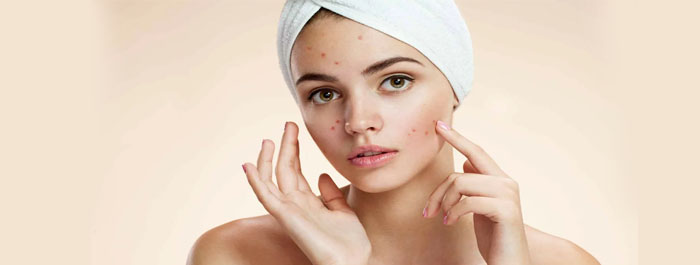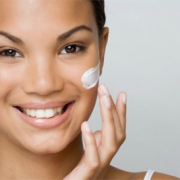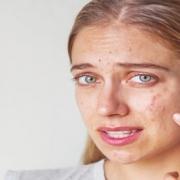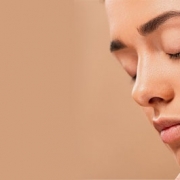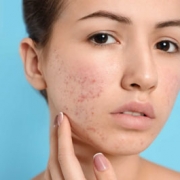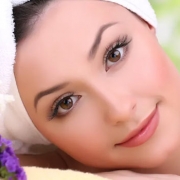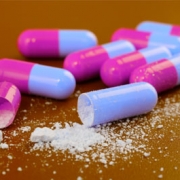Causes of acne
Four main factors cause acne:
- Excess oil production
- Hair follicles clogged by oil and dead skin cells
- Bacteria
- Inflammation
Acne may appear on your face, forehead, chest, back and shoulders because these areas of skin have the most oil glands. Hair follicles are connected to oil glands.
The follicle wall may bulge and produce a whitehead. the plug may be open to the surface and darken, causing a blackhead. A blackhead may look like dirt stuck in pores. But the pore is congested with bacteria and oil, which turns brown when it’s exposed to the air.
Pimples are raised red spots with a white center that develop when blocked hair follicles become inflamed with bacteria. inflammation deep inside hair follicles produce cystlike lumps under the surface of your skin. Other pores in your skin, which are the openings of the sweat glands, are not involved in acne.
Certain things may worsen acne:
- Hormonal changes. Androgens are hormones that increase during puberty, causing the sebaceous glands to enlarge and make more sebum. Hormonal changes during midlife, especially in women, can lead to acne.
- Certain medications. Examples include drugs containing corticosteroids, testosterone or lithium.
- Diet. Studies show that eating certain foods — including carbohydrate-rich foods, such as bread, pastries and chips — can make acne worse. Further studies are needed to determine whether people with acne benefit from following certain dietary restrictions.
- Stress. Stress doesn’t cause acne, but if you have acne already, stress may make it worse.
Acne myths
These factors have little effect on acne:
- Chocolate and greasy foods. It has little to no effect on acne.
- Hygiene. Acne isn’t caused by dirty skin. In fact, over-washing or cleansing the skin too hard with harsh soaps or chemicals can irritate the skin and can make acne worse.
- Cosmetics. Cosmetics don’t necessarily make acne worse, especially if you use oil-free makeup that doesn’t clog pores and does not clean make up regularly. Non-oily cosmetics don’t interfere with the effectiveness of acne drugs.
People with darker skin types are more likely than are people with lighter skin to experience these acne complications:
- Scars. Pitted skin (acne scars) and thick scars (keloids) can remain long-term after acne has healed.
- Skin changes. After acne has cleared, the affected skin may be darker (hyperpigmented) or lighter (hypopigmented) than before the condition occurred.
Risk factors for acne include:
- Age.
- Hormonal changes.
- Family history.
- Greasy or oily substances.
- Friction or pressure on your skin.

